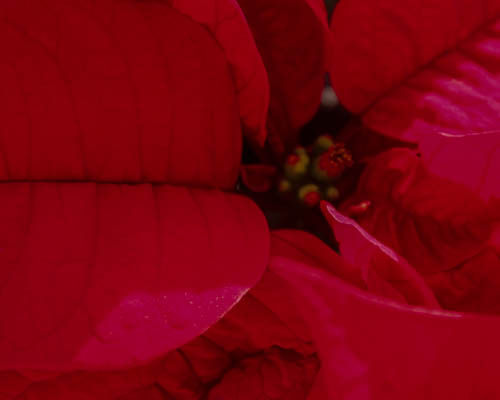
The winter months, when apart from popping into the garden to enjoy the winter flowers and harvest vegetables are one time of year when you really appreciate the pleasures of having a greenhouse to potter in. It’s not the busiest period of the year but you can still weed the benches, continue to sow ‘Cut and come’ again crops to harvest through the winter. Open the vents on a sunny day to stop the air from becoming stagnant, reducing humidity and associated fungal problems. Only ventilate when temperatures rise. Keep an eye out for over-wintering aphids and other pests and control them immediately.
If you still haven’t cleaned the greenhouse then you can do that, too. Be thorough, wash the glass, the floor and the staging with horticultural disinfectant to kill any overwintering pests and diseases and dry off thoroughly. All of your pots and seed trays need washing in soapy water, drying and stacking in size order so they are clean and ready for early next year. Propagators and benches can also be washed down so they are clean from any pests or fungal diseases that may be hiding in those tiny crevices. A little disinfectant in the water will help with this.
If you need a break from the festivities, Christmas or Boxing Day are the traditional dates for sowing Onion seeds. Space them evenly over the surface of moist seed compost, and lightly cover with fine grade vermiculite. Put the tray in a heated propagator at 20C (70F) and they will germinate in 10-14 days
Plant garlic in pots or modules in colder areas, on heavy, wet soils, where growing on ridges is not an option or where there is a short growing season. It needs a long growing season and period of chilling, around 6 to 8 weeks around 0-10C for optimum production. Leave it outdoors to chill, then bring it into a cold greenhouse until next spring, water as it starts into growth and transplant when the soil dries out and growing conditions improve.
There is still time to lift rhubarb for an earlier crop. If you have a large clump of rhubarb, slice off a section with buds, and leave it lying on the soil surface for a few weeks until it has been frosted several times. A period of cold will encourage the growth buds into developing earlier. After several frosts, pot it up into a container of compost, move it into a warm greenhouse, water well and it will start to produce tender sticks of rhubarb early in spring, if not before, for you to enjoy.
Sow any leftover peas into pots or deep trays of compost, about 5cm apart. Harvest the tips, with a pair of scissors in late winter or early spring, when they are two or three inches tall, they will side shoot and provide more shoots. After harvesting, feed with general liquid fertilizer as a boost to produce more edible growth. Enjoy the festive season.
Happy gardening. Matt.


